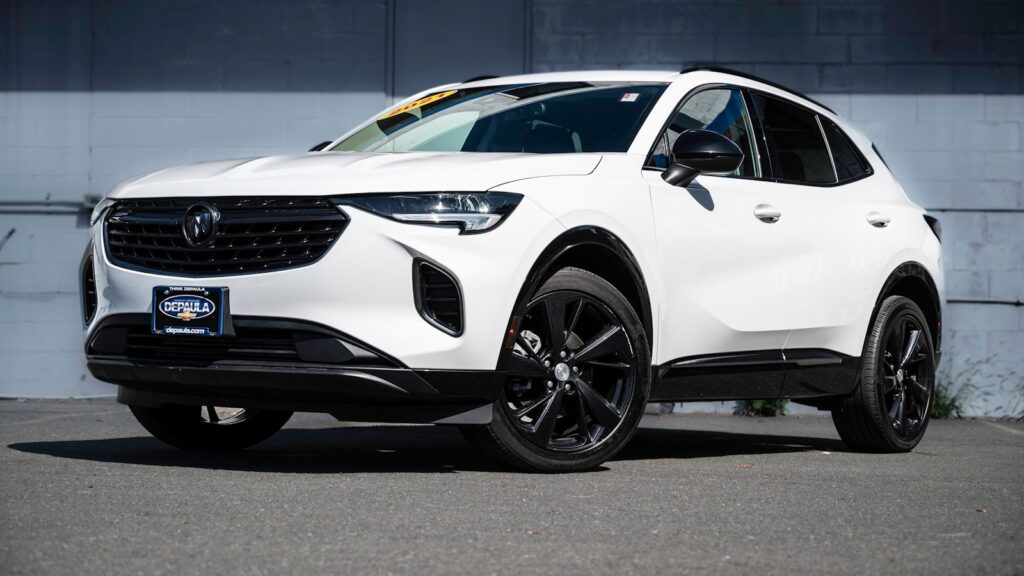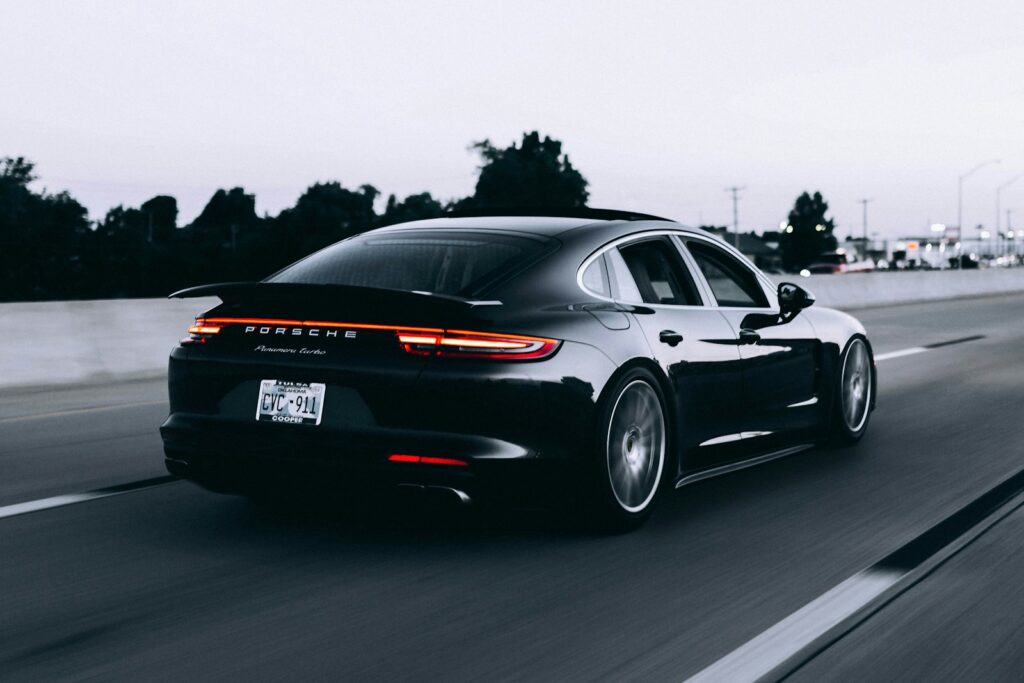
Whether chosen for budget, style, or performance, the car you drive often communicates more about you than a professional profile ever could. Vehicles serve as an unspoken language, a rolling billboard conveying personality, lifestyle, and sometimes peculiar driving habits. Certain vehicles seem to align with specific lifestyles, such as minivans with soccer moms or Jeeps with outdoor enthusiasts. But what does your ride reveal about you on a deeper and often humorously judgmental level?

BMW Drivers: Arrogance on Wheels
The BMW driver stereotype has become a nearly universal cultural expectation. Known for treating roads as a personal kingdom, BMW drivers often ignore basic courtesy, such as signaling. Urban streets commonly feature “asshat parkers” taking multiple spaces, suggesting a perceived entitlement over other road users.
These drivers often self-identify as businessmen, though details of their ventures remain vague. Their driving style is typically aggressive, with a focus on asserting dominance and avoiding perceived loss. Surveys from British insurance company Go Compare highlight that BMW owners are seen as “aggressive and rude on the road,” reinforcing this challenging stereotype through daily encounters.
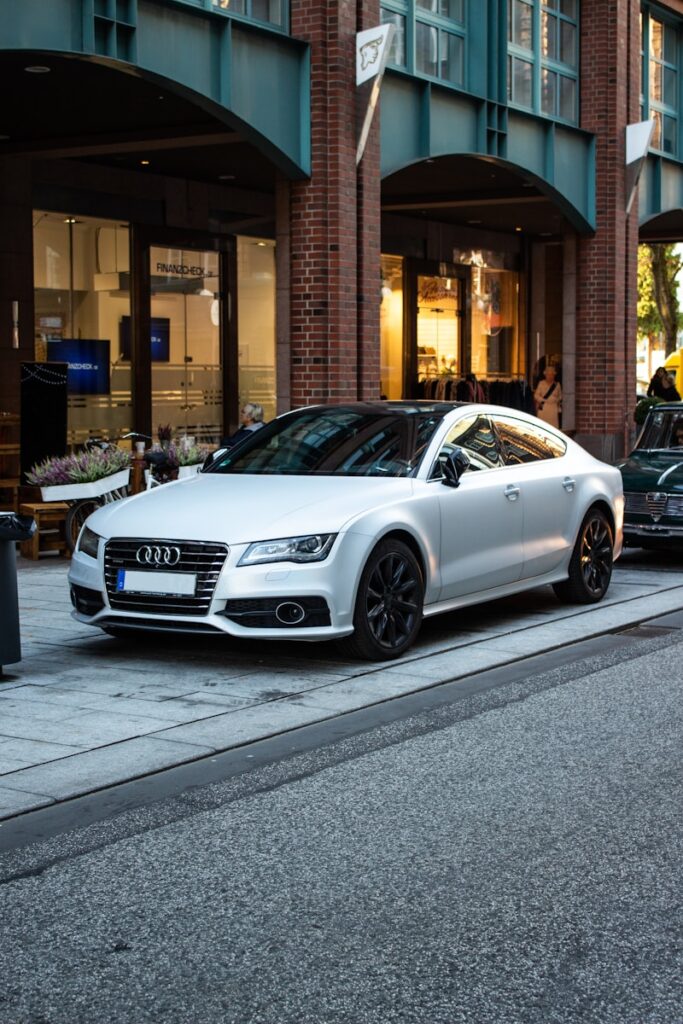
Audi Drivers: The Smug Aggressors
Audi drivers are similarly known for assertive, sometimes impatient behavior. Experiences of intense road rage at slow-moving traffic fuel the perception that they are the worst drivers. Beyond driving, the stereotype extends to their lifestyle: sales-oriented careers, frequent use of phrases like “crushed it,” and indulgent vacations in Ibiza or Ayia Napa. Weekends often include exclusive social settings, highlighting a blend of conspicuous consumption and youthful aspiration.
Audis are also associated with technology enthusiasm and social validation, from Quattro systems to cryptocurrency conversations. Google polls show pedestrians perceive Audi drivers as somewhat smug, demonstrating that engineering sophistication does not always translate to considerate driving.
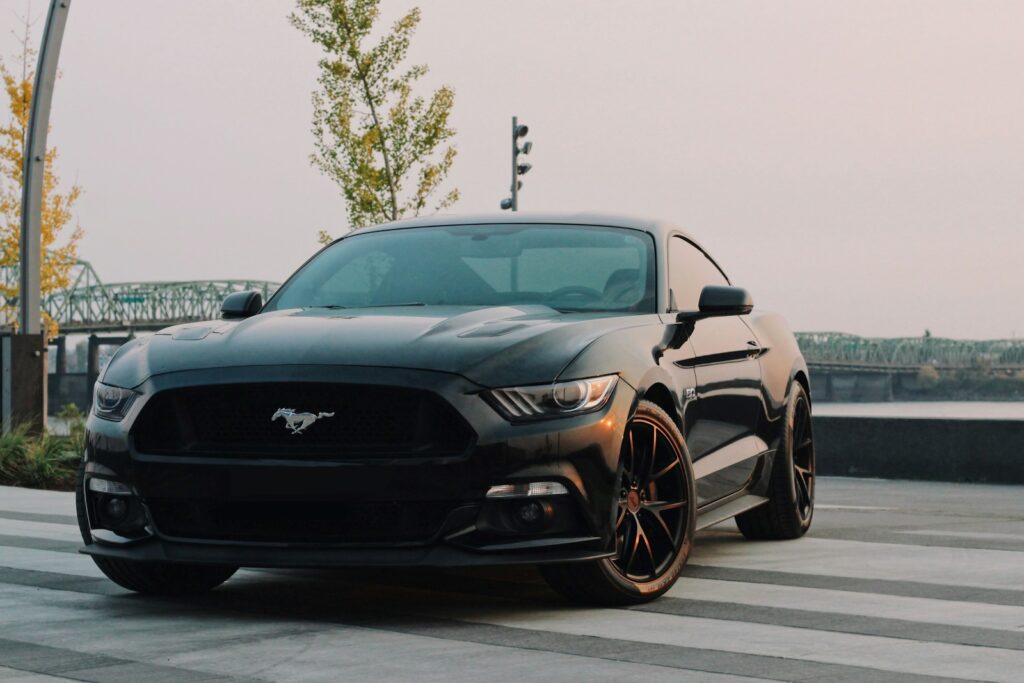
Ford Mustang Drivers: Reckless Power
The Ford Mustang, an emblem of American muscle, carries a stereotype of drivers prone to losing control during burnouts. While any rear-wheel-drive performance car can be mishandled by inexperienced drivers, the Mustang is often the poster child for this risk. Convertible variants, especially baby-blue V6 models, are stereotypically linked to temporary, inattentive custodianship and sometimes labeled “female friendly” due to bright colors or decorative graphics.
Overall, Ford drivers are perceived as aggressive, whether from the Mustang’s raw power or the sheer visibility of these vehicles. The combination of performance, aesthetics, and occasional recklessness cements the Mustang driver as a caricatured figure in car culture.
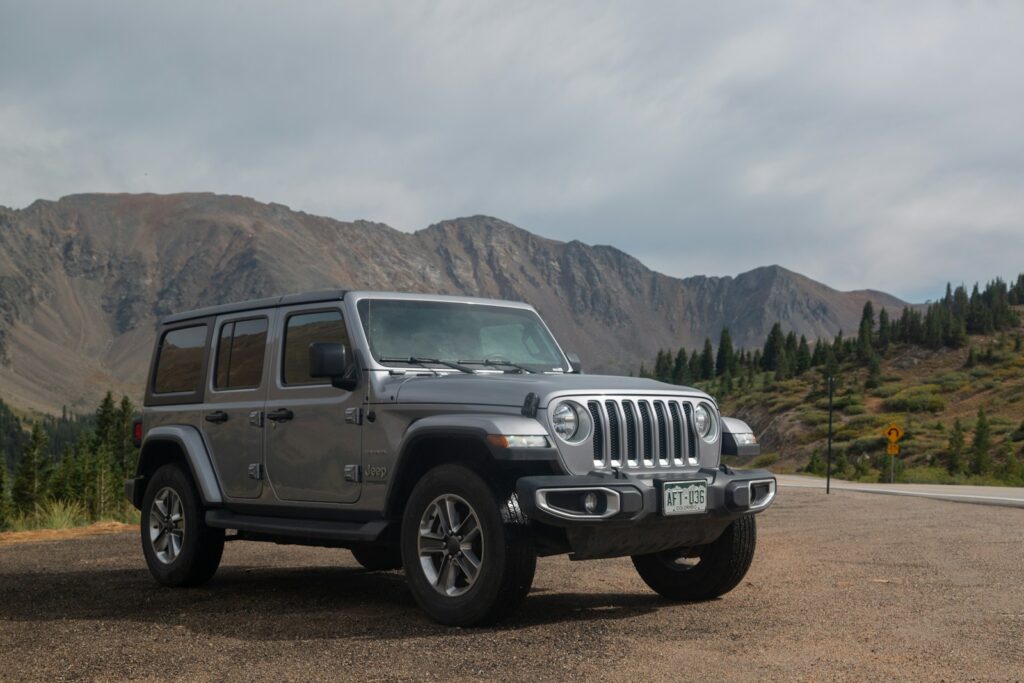
Jeep Owners: Adventure Enthusiasts
Unlike performance-focused brands, Jeep drivers are associated with rugged authenticity. Wranglers and Cherokees are often muddy, signaling a dedication to off-road exploration. Jeeps are intended to be used for adventure, not kept pristine, creating a subculture of drivers who embrace their vehicles’ intended capabilities.
This dedication to off-roading can compromise comfort on urban roads, with suspension systems that feel unconventional on flat surfaces. The Jeep stereotype celebrates adventurous lifestyles, countering the pavement-focused image of luxury SUVs and reflecting an honest alignment between driver and vehicle purpose.
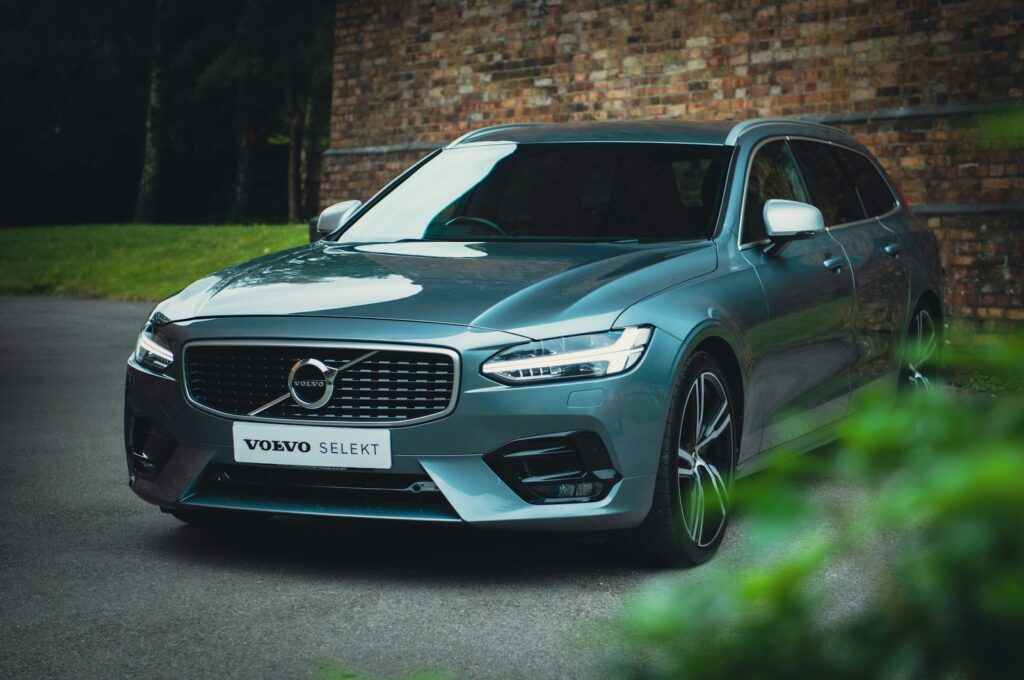
Volvo Drivers: Safety First
Volvo drivers embody caution, dependability, and reliability. Often characterized as the “mum of the friendship group,” they prioritize safety, frequently driving below speed limits and carrying essential items for preparedness. While their careful habits may frustrate faster drivers, Volvo owners remain committed to their principles, valuing security above all.
They also retain traditional navigation habits, such as using Thomas Guides, reflecting a preference for reliability over the latest technological trends. The Volvo driver represents prudence, showing that considerate driving can be just as meaningful as high-speed excitement.

Chevrolet Corvette Owners: Passionate and Proud
Corvette owners, particularly of the C5 and similar models, are often depicted as middle-aged enthusiasts with distinct fashion choices, such as denim shorts and tucked-in t-shirts. Beyond attire, they demonstrate unwavering devotion to their cars, blending pride, nostalgia, and occasionally curmudgeonly behavior.
Corvettes themselves vary widely, from older, worn models to high-performance versions, highlighting that owners’ personalities and presentation heavily influence public perception. The stereotype combines genuine automotive enthusiasm with a flair for showmanship.
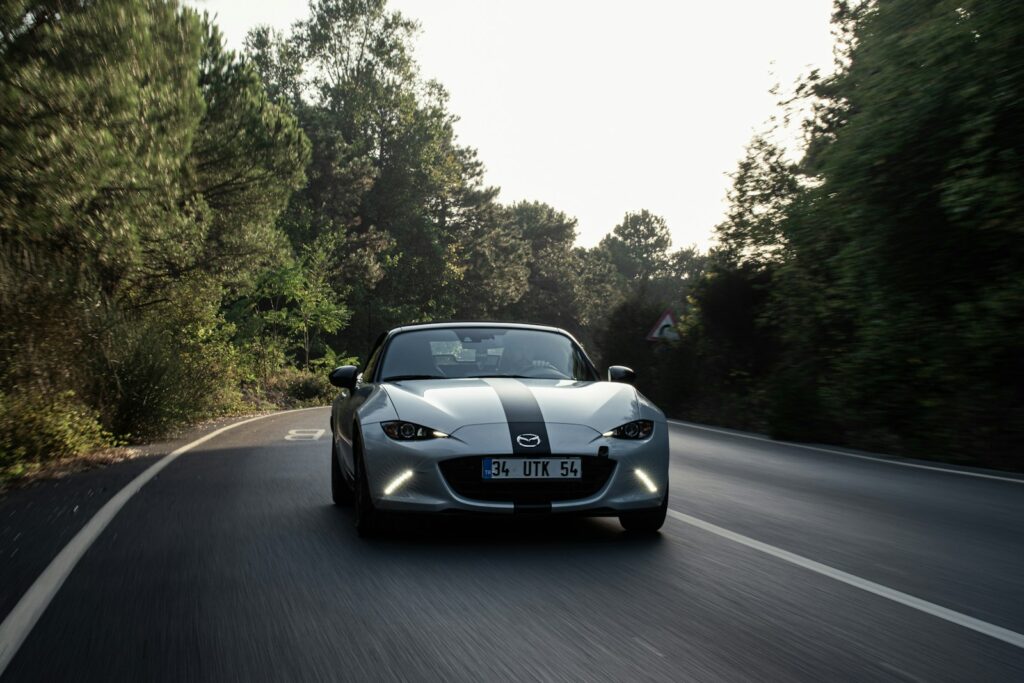
Mazda Miata Owners: Driving Enthusiasts
The Mazda Miata has moved beyond superficial stereotypes, attracting drivers who appreciate nimble handling and engaging dynamics. Owners often develop in-depth knowledge of vehicle physics, modifications, and performance, cultivating a niche community of enthusiastic and informed drivers.
Even casual drivers are drawn to the Miata for its precise steering and agility. This reputation positions Miata drivers as passionate and competent, quietly dominating the realm of driving enjoyment without overt bravado.
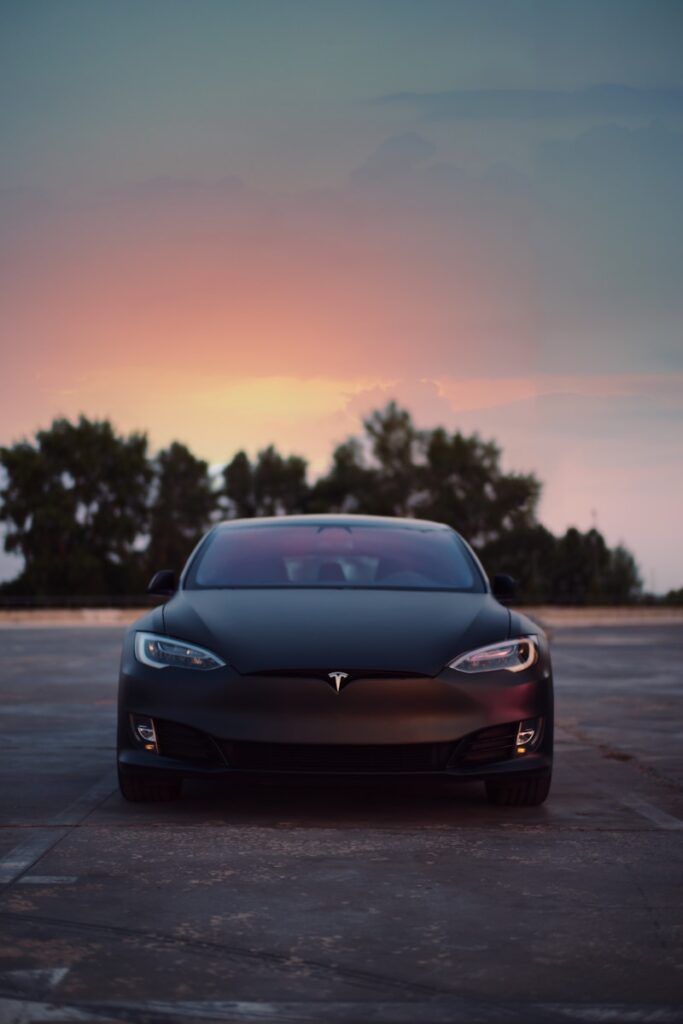
Tesla Owners: Tech-Savvy Pioneers
Tesla drivers are associated with technological enthusiasm, environmental consciousness, and forward-thinking lifestyles. While often wealthy, they value innovation and high-tech features over traditional performance markers. Tesla ownership reflects a philosophical approach to mobility, emphasizing progress and sustainability.
Stereotypes suggest that Tesla drivers prioritize software updates, autopilot mastery, and cutting-edge technology, often remaining unconcerned with conventional car culture judgments. Their vehicles embody their identity as innovators of modern driving.

Range Rover Owners: Aspirational Luxury
Range Rover owners are linked to affluent suburban lifestyles, emphasizing social status and convenience rather than rugged exploration. Commonly associated with “Yummy Mummy” culture, these drivers navigate school runs and social engagements in luxury, leveraging the vehicle as a statement of wealth and lifestyle.
Despite the off-road capabilities of their vehicles, owners rarely use them beyond urban environments, highlighting the dissonance between the car’s engineering potential and its social function.

Porsche Drivers: Conservative Success
Porsche drivers carry a long-standing stereotype of professional achievement, particularly in stable, lucrative careers, such as dentistry. The car signals success, conservative taste, and a preference for reliable performance.
This stereotype also establishes a hierarchy within sports car ownership, with Porsche as a benchmark against which other high-performance vehicles are compared. Ownership implies both status and a measured approach to luxury driving.
Buick Owners: Experienced and Cautious
Buick drivers are traditionally associated with older, experienced demographics. They are perceived as cautious, driving below speed limits, and valuing comfort over speed. While often dismissed due to age stereotypes, data from AAA shows drivers in their 60s are among the safest, making thoughtful decisions to maximize security.
These drivers demonstrate that careful, measured driving can be both intentional and effective, challenging assumptions about age and automotive competence.

VW Golf Drivers: Continental Confidence
Volkswagen Golf drivers are characterized by a subtle, intellectual pride in their vehicle choices. Emphasizing engineering quality, European design, and thoughtful features, they may articulate their purchasing rationale with enthusiasm, often defending their decisions against comparisons to faster or flashier alternatives.
This stereotype reflects a quiet insistence on quality and design philosophy, highlighting that ownership often signals discerning taste and a cerebral approach to driving.
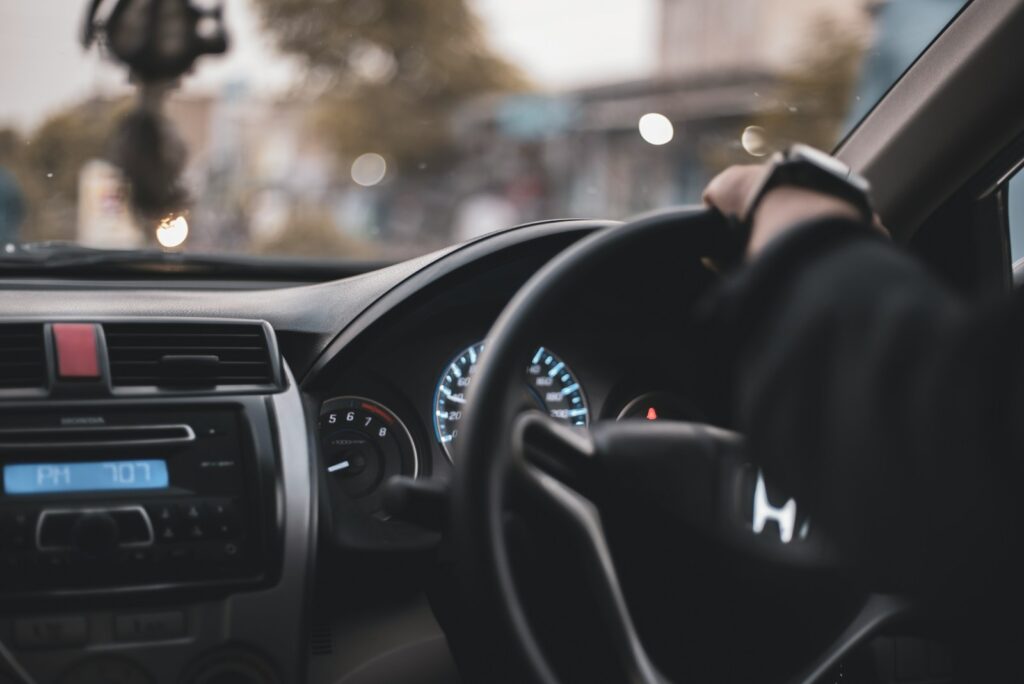
Each vehicle and its driver tell a story, from adventurous Miata enthusiasts to cautious Volvo owners and forward-thinking Tesla pioneers. These stereotypes, whether fair or exaggerated, shape interactions on the road and reveal much about cultural perceptions of drivers. Next time you notice a car and its occupant, consider the story it tells and enjoy a moment of reflection. Drive safely, stay witty, and appreciate the diverse personalities navigating the asphalt.

